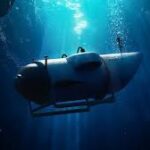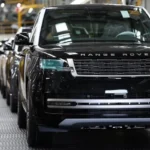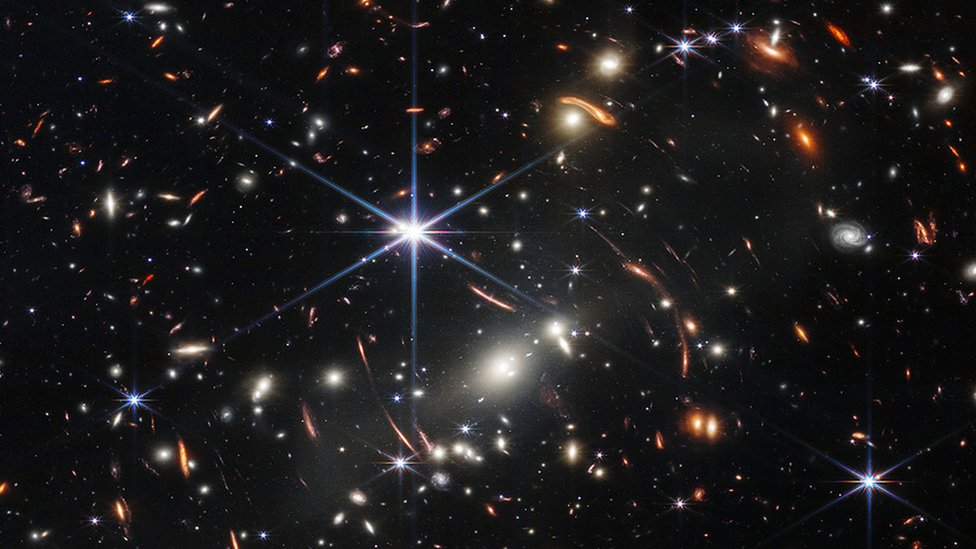In the early Universe, there were ten times more galaxies like our own Milky Way than previously believed.
One of the initial analyses of photos taken by NASA’s new James Webb Space Telescope provided this cosmic insight.
According to one of its authors, Prof. Christopher Conselice, from the University of Manchester in the UK, Webb might “zoom in on the early Universe.”
As a result, humans gained knowledge about celestial objects that “we knew existed but did not comprehend how and when they developed.”
The disc galaxies are prevalent in the “galaxy population” as of right now, the researcher said.
Andromeda, our closest neighbour at a distance of 2.5 million light-years from Earth, is also a disc, as is our galaxy.
Before the James Webb Space Telescope, astronomers couldn’t see so far into the past.
The study used the first image made available from the telescope and was published on a preprint platform, which means it has not yet been peer-reviewed by other experts in the field.
The light from distant galaxies in the backdrop has been magnified by the gravity of this large mass of objects, making them visible for the first time. Some of these galaxies were already in existence just 600 million years after the Big Bang.
With its 6.5m-wide golden mirror and incredibly sensitive infrared equipment, Webb can count them and distinguish their shapes.
“We anticipated seeing stuff Hubble didn’t. However, in this instance, we have a distinct perspective. Prof. Conselice, who will share some of his findings at the Bluedot Festival at Jodrell Bank in Cheshire on Saturday, July 23, added
The images that the JWST is taking provide a glimpse of the processes that created stars and planets long before our own. The universe is approximately 13.8 billion years old.
Prof. Conselice stated, “These are the mechanisms we need to comprehend if we wish to understand our origins.
He continued, “This may be the most significant telescope ever.” At the very least since Galileo’s.
The American, European, and Canadian space organisations collaborated to develop James Webb, with NASA taking the initiative.











More Stories
SpaceX Achieves Successful Starship Launch in Dramatic Comeback
Scientists ‘Resurrect’ Extinct Dire Wolves Using Gene Editing
‘China’s Hawaii’ Hit by the Strongest Typhoon in a Decade